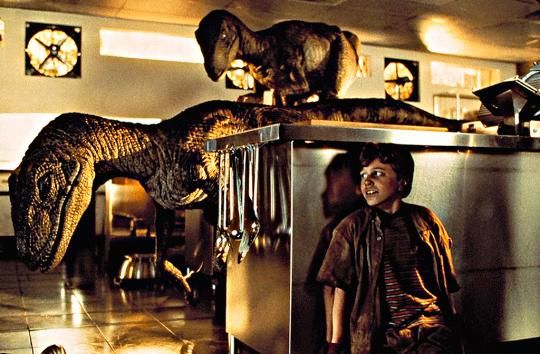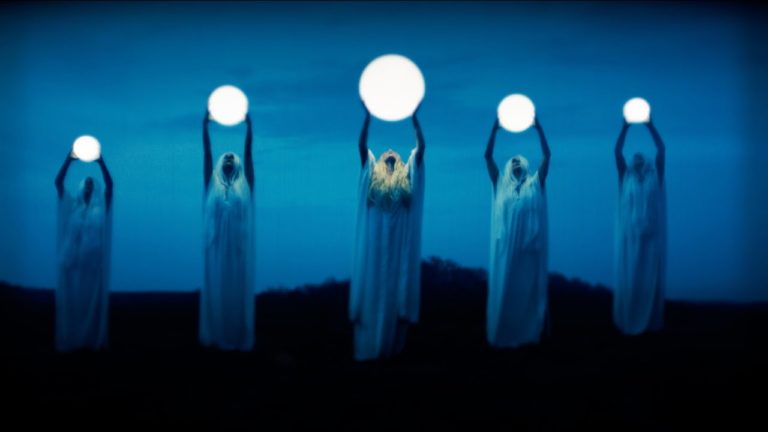Holy shit, surprise, it’s another Retrospective series! I honestly wasn’t expecting to do another one of these,...
Month: January 2018
Lately I have been reading Richard Beck’s We Believe the Children: A Moral Panic in the 1980s,...

